■Previous GM Sound Source Series
GM Sound Source 01: Ancient GM Sound Sources
GM Sound Source 02: Piano Category
GM Sound Source 03: Chromatic Percussion Category
GM Sound Source 04: Organ Category
GM Sound Source 05: Guitar Category
GM Sound Source 06: Bass Category
GM Sound Source 07: Orchestra Category
GM Sound Source 08: Ensemble Category
GM Sound Source 09: Brass Category
GM Sound Source 10: Reed Category
GM Sound Source 11: Pipe Category
GM Sound Source 12: Synth Lead Category
GM Sound Source 13: Synth Pad Category
GM Sound Source 14: Synth SFX Category
GM Sound Source 15: Ethnic Category
GM Sound Source 16: Percussive Category
GM Sound Source 17: SFX Category
GM Sound Source 18: Drum Set Category [Drums]
GM Sound Source 19: Drum Set Category [Percussion]
Using SoundFont-based GM Sound Sources
Currently, if you want to use a GM sound source plugin in a DAW, there aren’t many options. Paid plugins include Roland’s Sound Canvas VA (VST/AU) and AMS by Internet Co. (bundled with Ability), but most other options have been discontinued. A free method, which I’ve also introduced in this column series, is to get Cakewalk, a free DAW, and use the bundled Roland TTS-1. This is a reliable option, but since TTS-1 uses the DXi format, it cannot be used with other DAWs. This is where SoundFont comes into play. SoundFont-based GM sound sources were widely used from the 1990s to around 2010 and are still a viable option today. Many people may not be familiar with SoundFont, so I’ll briefly introduce it.
SoundFontとは?
SoundFont is a sound format developed by E-MU Systems for use with its samplers. It supports multi-timbral sound sources, similar to GM sound modules. Originally, E-MU Systems, a hardware synthesizer manufacturer, was acquired by Singapore-based Creative Technology. In the mid-90s, Creative began integrating this technology into its SoundBlaster sound cards for computers. These sound cards became explosively popular, especially among gamers.
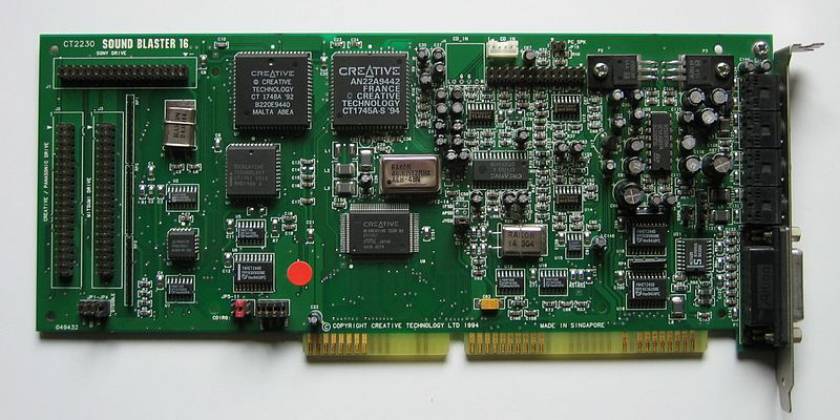
Image: SoundBlaster 16 MCD ASP, CC BY-SA 3.0, sourced from Wikipedia
Over time, SoundFont support expanded to computers, and its open specification led to the creation of numerous SoundFonts, which were actively used until around 2010. However, after 2010, interest in SoundFont declined, and today, only a small number of enthusiasts continue to use it. That said, it is still used in free notation software like MuseScore, quietly working behind the scenes. There are currently no widely-used general-purpose sampling formats that rival SoundFont. The file extensions for SoundFont vary depending on the version and specifications.
- .sbk: For SoundFont 1
- .sf2: For SoundFont 2 (the most widely used)
- .sfz: A combination of audio files and configuration files
- .sf3: A compressed version of SoundFont 2 (mainly for MuseScore)
Internally, SoundFont follows a conventional sampling-based synthesis method. It allows users to arrange recorded samples and configure pitch, loop points, envelopes, filters, LFOs, and more.
Searching for SoundFont-based GM sounds online
If you search online, you’ll find quite a few SoundFont-based GM soundbanks. However, many of them are created by individuals and often have questionable quality or ambiguous copyright issues. For now, the SoundFont-based GM sounds introduced on the MuseScore website can be used with confidence. However, the sf3 version can only be used with MuseScore, so you’ll need to download the sf2 version. While there are many SoundFonts that prioritize sound quality and are large in size, for GM sounds, balance is more important than sound quality due to their intended use.
VST SoundFont Player
In reality, there aren’t many good SoundFont players available. Due to the decline in demand for SoundFont, most have not been developed further. Many of the available players are quite old, either 32-bit or VST2, and often do not work well with modern DAWs. Even with the same SoundFont, it’s common for different players to produce different sounds. While it would be nice if the sound produced is still usable, there are often issues like noise or clearly distorted sounds due to compatibility problems.
Among the few exceptions, rgc:audio sfz (Cakewalk) is one of the few free players that can properly handle SoundFonts, despite its outdated specifications. It can also handle multi-timbre, so it works well as a GM sound source. However, it cannot handle large files, and it is no longer available for download from Cakewalk’s official website, so obtaining it has become difficult.
Cakewalk sfz VST2 3 2bit
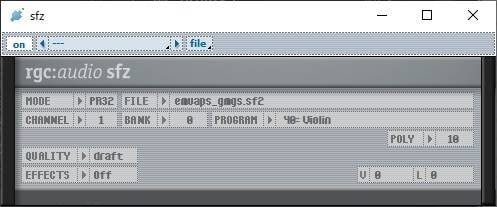
Other SoundFont Players
Another option, specifically for Windows, is to use CoolSoft’s VirtualMIDISynth. This is not a VST, but rather an external MIDI sound source, which makes it a versatile and convenient SoundFont player. It can be used as an external GM sound source from a DAW. Additionally, when playing standard MIDI files in Windows Media Player, the sound source is fixed to MSGS (Microsoft GS Wavetable SW Synth), but by installing VirtualMIDISynth, you can use any GM SoundFont you like. It operates stably and can handle many SoundFonts without issues, making it a reliable SoundFont player.

Using a VST Sampler
While not the easiest option, you can use a sampler that supports SoundFont to convert it into a GM sound source. The setup is a bit more complicated, but it provides access to the internal data of the SoundFont, allowing for fine adjustments and even replacing certain sounds. Personally, I use a sampler called CWITEC TX16Wx. There is both a paid and a free version, and even the free version allows you to use the basic features. It’s a multi-timber source, so it functions well as a GM sound source. However, it doesn’t fully support all SoundFonts, so only certain SoundFonts can be loaded properly.
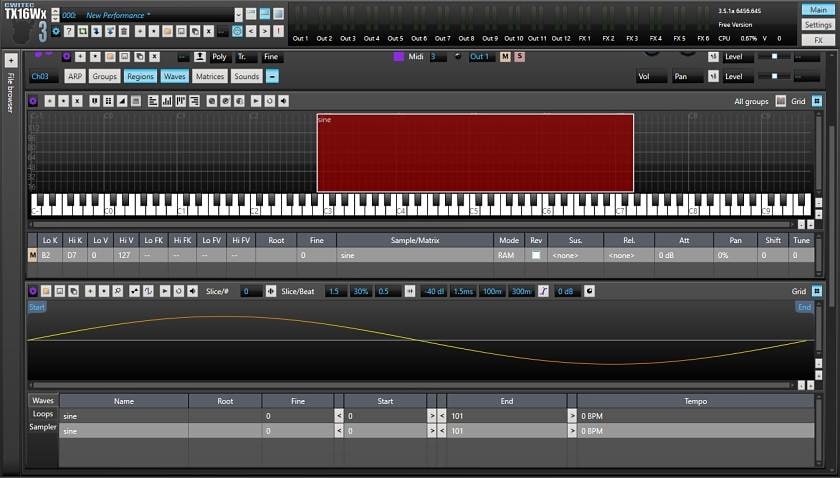
Creating SoundFonts in sf2 format
As the specifications for SoundFonts are publicly available, anyone can create them. However, creating GM sound sources is a time-consuming process due to the large number of sounds and the need for careful balancing. Programming while understanding the specifications can be difficult, so using a SoundFont editing software, as mentioned below, can make the process relatively easier.
This is a free software that is still being maintained.
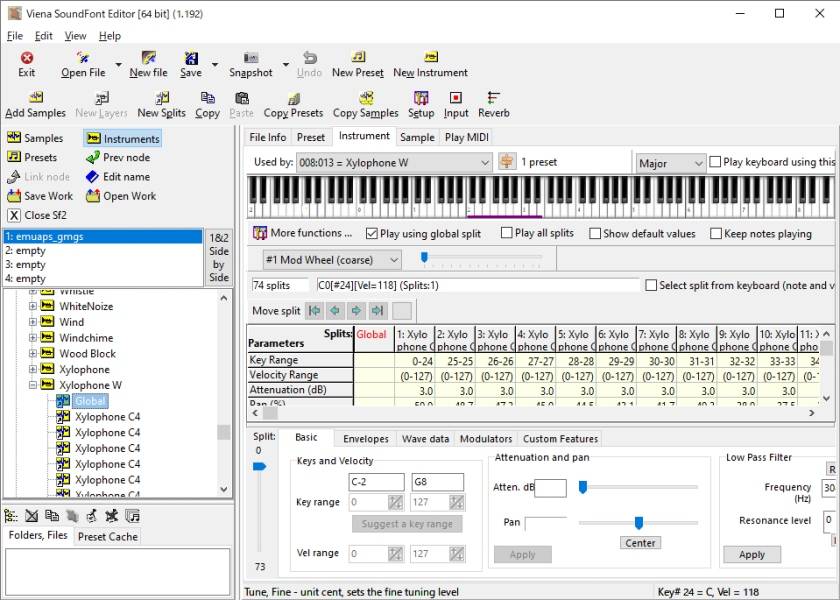
Creating SoundFonts in sfz format
You can create sfz format SoundFonts by combining audio files such as wav or ogg with text files. These can be loaded and used in programs like rgc:audio sfz mentioned earlier. Since the text files control everything, it’s relatively easy in that regard, but understanding the correct syntax is necessary, making the barrier to entry somewhat higher.
The Future of GM SoundFonts
The environment surrounding GM soundfonts has been increasingly difficult over the years. Ten years ago, manufacturers released GM soundfont plugins, but many of these are no longer available, and even Roland, the creator of GM, seems less active in supporting them. However, Internet Company has defied this trend by releasing the GM soundfont AMS in 2022. While it may not be widely understood, it remains a valuable resource, and we hope for its continued development. Additionally, while not a GM soundfont, multi-timbral instruments like AIR Music Technology’s Xpand!2, which nearly incorporates all GM sounds, also exist. With some adjustments, it may even be possible to port GM-created data. Going forward, such instruments may begin to support GM sounds, and tools that manage sound patches may appear.
GM soundfonts are a useful standard in certain applications, so it would be a shame for them to disappear. Even now, they are still in use in electronic pianos and karaoke hardware, and are integrated into music notation software that covers a wide range of genres. It seems unlikely that GM will disappear anytime soon; rather, it will likely continue to work quietly in the background. The vast catalog of music created with GM soundfonts and their relationship with the internet will likely determine their future.
The “sound & person” column is made up of contributions from you.
For details about contributing, click here.












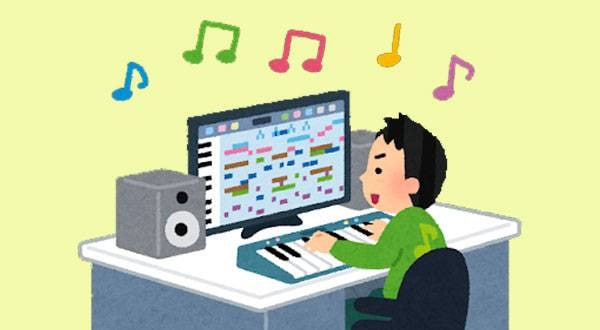
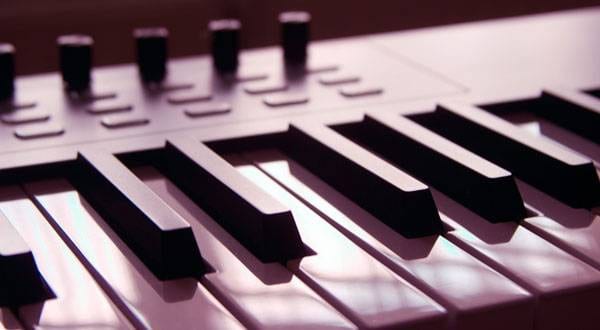
![[Building Your Equipment] Assembling DTM Gear For Under A 100,000 Yen Budget!!](/contents/uploads/thumbs/5/2021/11/20211116_5_15163_1.jpg)
![[2023] Recommended Items for Music Programming - DAW/Software Instruments/Plug-ins](/contents/uploads/thumbs/2/2020/11/20201102_2_11495_1.jpg)
 DTMセール情報まとめ
DTMセール情報まとめ
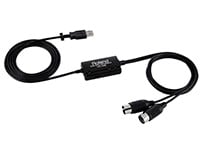 USB接続MIDIインターフェイス
USB接続MIDIインターフェイス
 USB接続対応のMIDIキーボード
USB接続対応のMIDIキーボード
 DTMに必要な機材
DTMに必要な機材
 UR-RT4 ソフト音源やループ素材をリアンプ
UR-RT4 ソフト音源やループ素材をリアンプ
 DTM・DAW購入ガイド
DTM・DAW購入ガイド















